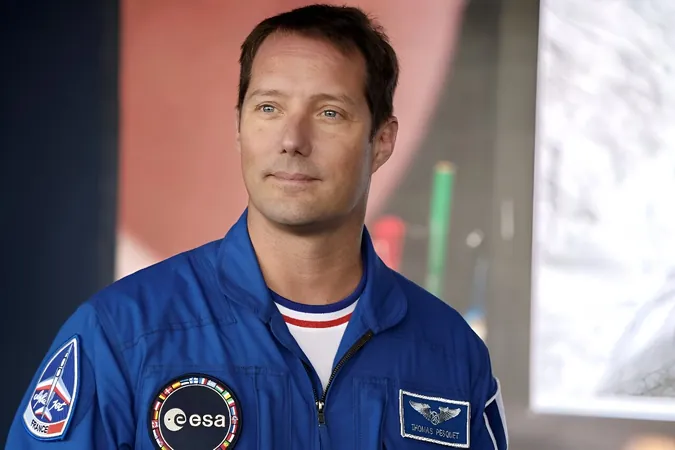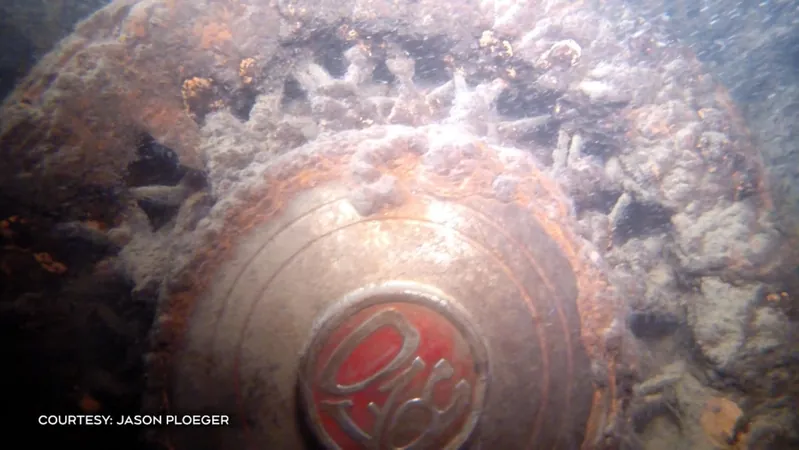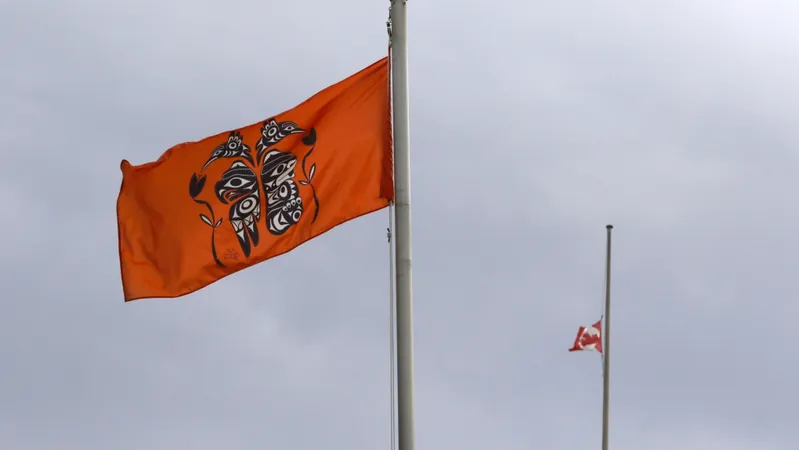
Europe Sets Its Sights on Lunar Exploration with New Simulator, Astronaut Pesquet Says Exciting Opportunities Await
2024-09-28
Europe's Lunar Ambitions
European ambitions to return humans to the moon have gained momentum with the launch of a state-of-the-art lunar simulator in Germany, according to famed French astronaut Thomas Pesquet, who spoke to AFP on the matter.
The LUNA Simulator
Pesquet visited the German Aerospace Center (DLR) in Cologne, where he tested an innovative facility called LUNA. This simulator mimics the moon's surface, providing a unique training ground for astronauts preparing for future missions.
Astronaut Pesquet's Insights
"Participating in a lunar mission would be the pinnacle of my career," stated Pesquet, a revered figure in France for his extensive missions aboard the International Space Station (ISS). He emphasized the significant leap in exploration: "The moon is 1,000 times farther away than the ISS. While working on the ISS is extraordinary, lunar missions present unparalleled challenges and adventures."
Groundbreaking Steps for ESA
LUNA represents a groundbreaking step for the European Space Agency (ESA), designed not just for astronaut training but also for testing the equipment and materials required for upcoming lunar excursions. With renewed international interest in moon exploration, the timing couldn't be better.
International Lunar Missions
NASA's Artemis program is set to land astronauts on the moon by 2026, making a historic return to lunar soil over 50 years after the last Apollo mission. Not to be outdone, China has ambitious plans that include sending a crewed mission to the moon by 2030 and establishing a lunar base. Meanwhile, Japan and India are racing to probe for water ice at the moon's southern pole in 2025.
Collaboration on Lunar Exploration
Pesquet noted ESA's commitment to collaborating with NASA on lunar exploration: "This is a pivotal moment for Europe as we actively engage in lunar exploration. We are already working alongside NASA, contributing equipment and materials for the Artemis program."
Creating a Collaborative Environment
The LUNA facility symbolizes Europe’s entry into serious lunar exploration efforts, indicating long-term investments in technology and infrastructure. "We aim to create a collaborative environment open to space agencies, researchers, and potentially private firms," Pesquet added.
Challenges of the Simulator
During his first experience in the LUNA simulator, Pesquet found it both surprising and challenging. He and fellow ESA astronaut Matthias Maurer practiced walking on the simulated lunar surface, donning specialized suits weighing 25 kilograms (55 pounds) and carrying scientific instruments. "I was astonished by the intense light conditions on the moon, particularly in the south pole regions. Evaluating the topography became significantly more difficult," he explained.
Movement Difficulties in Lunar Conditions
He also described the thick layer of simulated lunar dust that made movement difficult, saying, "Once you step off the designated path, navigating becomes a whole new challenge. It felt incredibly slow, much different than moving on Earth, reminiscent of my experiences during spacewalks aboard the ISS."
Europe's Role in Lunar Missions
Europe's involvement extends to providing the service module for NASA's Orion capsule, which is integral in ferrying Artemis astronauts. This collaboration has secured three positions for ESA astronauts in the first three Artemis missions around the moon. However, Pesquet shared that NASA requires a tangible proposal for activities on the lunar surface. While LUNA isn’t a formal part of this agreement, it serves to highlight Europe's commitment to lunar exploration.
Looking to the Future
As Europe takes bold steps toward the lunar frontier, the world watches with bated breath—who knows what groundbreaking discoveries await this next generation of explorers?









 Brasil (PT)
Brasil (PT)
 Canada (EN)
Canada (EN)
 Chile (ES)
Chile (ES)
 España (ES)
España (ES)
 France (FR)
France (FR)
 Hong Kong (EN)
Hong Kong (EN)
 Italia (IT)
Italia (IT)
 日本 (JA)
日本 (JA)
 Magyarország (HU)
Magyarország (HU)
 Norge (NO)
Norge (NO)
 Polska (PL)
Polska (PL)
 Schweiz (DE)
Schweiz (DE)
 Singapore (EN)
Singapore (EN)
 Sverige (SV)
Sverige (SV)
 Suomi (FI)
Suomi (FI)
 Türkiye (TR)
Türkiye (TR)